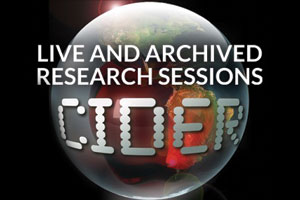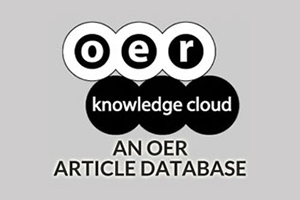Searching for and positioning of contextualized learning objects
DOI:
https://doi.org/10.19173/irrodl.v13i5.1255Keywords:
learning design, learning objects economy, word sense disambiguation, micro-context, similarity measures, e-learningAbstract
Learning object economies are marketplaces for the sharing and reuse of learning objects (LO). There are many motivations for stimulating the development of the LO economy. The main reason is the possibility of providing the right content, at the right time, to the right learner according to adequate quality standards in the context of a lifelong learning process; in fact, this is also the main objective of education. However, some barriers to the development of a LO economy, such as the granularity and editability of LO, must be overcome. Furthermore, some enablers, such as learning design generation and standards usage, must be promoted in order to enhance LO economy. For this article, we introduced the integration of distributed learning object repositories (DLOR) as sources of LO that could be placed in adaptive learning designs to assist teachers’ design work. Two main issues presented as a result: how to access distributed LO, and where to place the LO in the learning design. To address these issues, we introduced two processes: LORSE, a distributed LO searching process, and LOOK, a micro context-based positioning process, respectively. Using these processes, the teachers were able to reuse LO from different sources to semi-automatically generate an adaptive learning design without leaving their virtual environment. A layered evaluation yielded good results for the process of placing learning objects from controlled learning object repositories into a learning design, and permitting educators to define different open issues that must be covered when they use uncontrolled learning object repositories for this purpose. We verified the satisfaction users had with our solution.
Published
How to Cite
Issue
Section
License
This work is licensed under a Creative Commons Attribution 4.0 International Licence. The copyright of all content published in IRRODL is retained by the authors.
This copyright agreement and use license ensures, among other things, that an article will be as widely distributed as possible and that the article can be included in any scientific and/or scholarly archive.
You are free to
- Share — copy and redistribute the material in any medium or format
- Adapt — remix, transform, and build upon the material for any purpose, even commercially.
The licensor cannot revoke these freedoms as long as you follow the license terms below:
- Attribution — You must give appropriate credit, provide a link to the license, and indicate if changes were made. You may do so in any reasonable manner, but not in any way that suggests the licensor endorses you or your use.
- No additional restrictions — You may not apply legal terms or technological measures that legally restrict others from doing anything the license permits.







